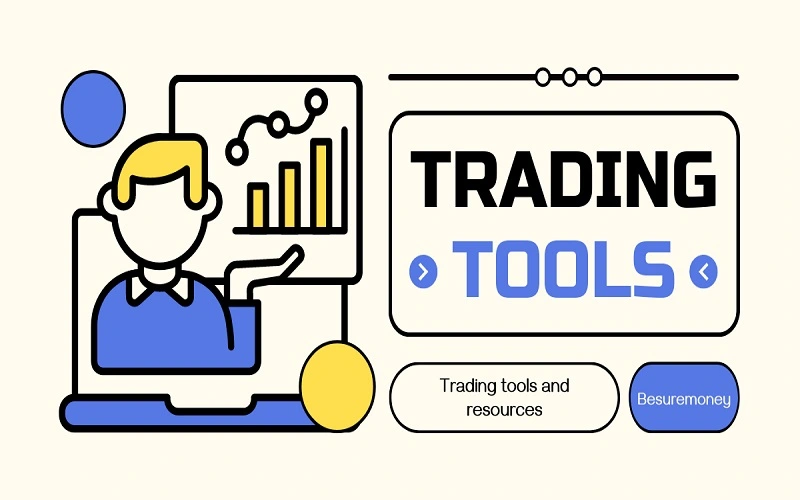You Can Be a Stock Market Genius with Step-by-Step Guide
You can be a stock market genius and find out how you can grow to be an inventory market genius. Whether you are a new investor or want to improve your stock market skills, a step-by-step guide can help you succeed.
Understanding the Stock Market

To start your journey towards becoming a stock market genius, you need to understand the basics. There is a dynamic marketplace where individuals and institutions buy and sell stocks (shares) of publicly traded companies. These stocks represent ownership in these companies and can provide you with the opportunity to earn profits.
Why You Can Be a Stock Market Genius
The idea of being a stock market genius might sound intimidating, more attainable than you think. The share marketplace gives various possibilities for investors to excel, and with the proper approach, you can achieve economic achievement.
Learn the Basics
Begin your journey by learning the fundamental concepts of the share exchange. Understand how shares are traded, what elements influence stock prices, and the specific kinds of shares available. This knowledge will shape the foundation of your information.
Choose Your Investment Strategy

Determine your investment goals and risk tolerance. Are you looking for long-term growth and income? Our strategy will guide your investment decisions and asset allocation.
Research is the best thing to get success
Successful share marketer geniuses are dedicated researchers. Dive deep into the companies you’re interested in, their financial Success, management team, and industry trends. Use various assets of statistics to make knowledgeable decisions.
Diversify Your Portfolio
Diversification is key to managing risk. Spread your investments throughout distinct industries and asset lessons. This can assist in guarding your portfolio from market fluctuations.
Risk Management
Every investment carries some level of risk. Learn to manage hazards by putting stop-loss orders, setting up risk-reward ratios, and retaining a balanced portfolio.
Keep Emotions in Check
Emotions can cloud your judgment. Try not to act quickly out of greed or fear. Always be disciplined and follow your investing strategy.
Continual Learning and Adaptation
The share market is ever-evolving. Stay updated with its trends, economic news, and industry developments. Make changes to your strategy as necessary to remain competitive.
Tools and Resources for Stock Market Success

Discover the gear and assets to be had that will help you make knowledgeable decisions. This may include stock screeners, financial news websites, and brokerage platforms with research tools.
Common pitfalls to avoid in the stock market
There are several common pitfalls that traders (investors) should be aware of. Some of the most common pitfalls or mistakes include:
- Over-relying on past performance
- Timing the market
- Buying Stocks Without a Plan
- Trading Difficult and Unclear Patterns
- Neglecting Stop-loss Orders
- Not Cutting Losses Quickly
Conclusion
Knowledge, strategy, and mindset are necessary to become a share exchange genius. Follow the steps in this tutorial to improve your skills and explore the inventory effectively to achieve your financial goals.
FAQs:
Q1. Is investing suitable for beginners?
Ans: Yes, beginners can start investing in stocks with proper education and a well-defined strategy.
Q2. How do I pick the right shares to put money into?
Ans: Research and analysis are essential. Look for companies with strong fundamentals and growth potential.
Q3. How should one go about diversifying their stock holdings?
Ans: Diversification includes investing numerous asset lessons, including shares, bonds, and real estate, to unfold the chance.
Q4. How can I manage risk in stock market investing?
Ans: Setting stop-loss orders, maintaining a diversified portfolio, and using risk-reward ratios are key risk management techniques.
Q5. Is it possible to obtain extensive returns inside the inventory marketplace?
Ans: There are no guarantees, with the right approach and dedication, investors can achieve significant returns over time.
Q6. How do you recognize if a stock is undervalued or overvalued?
Ans: A high P/E ratio may indicate that stocks are overvalued. Therefore, it can be useful to compare the P/E ratios of our competitor companies to see if the stock you want to trade is overvalued from its intrinsic value. The P/E ratio is calculated by dividing the market price per share by earnings per share (EPS).






